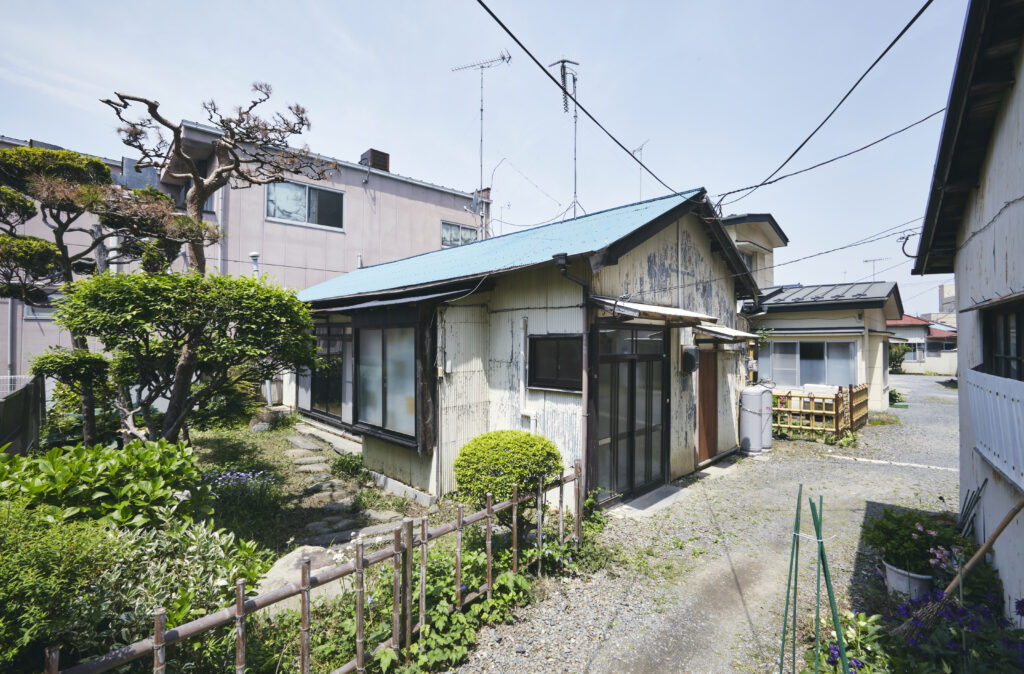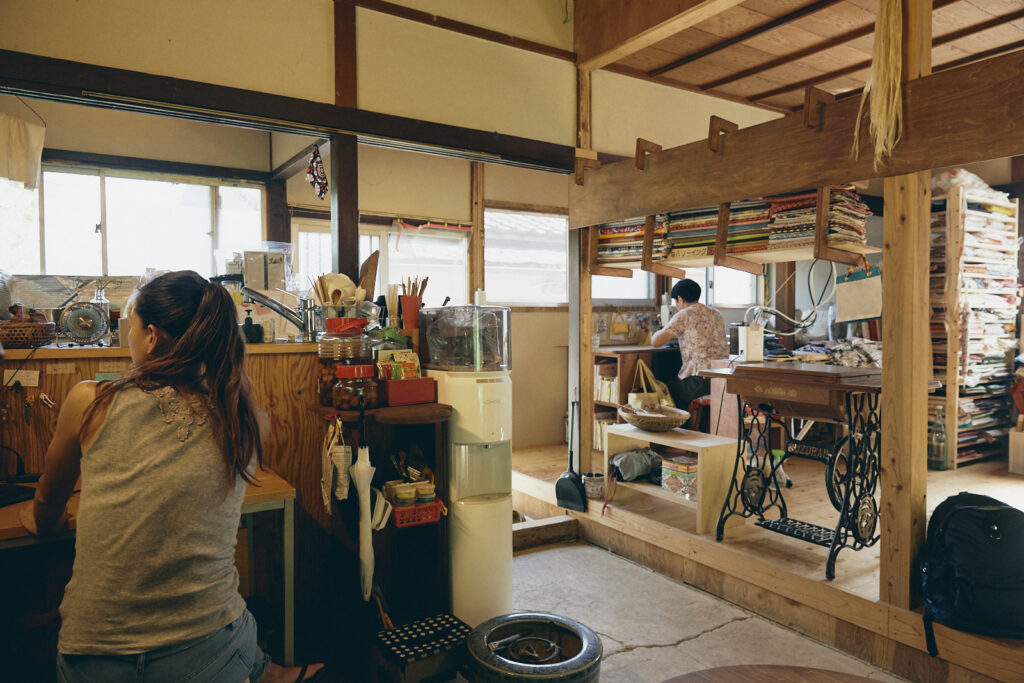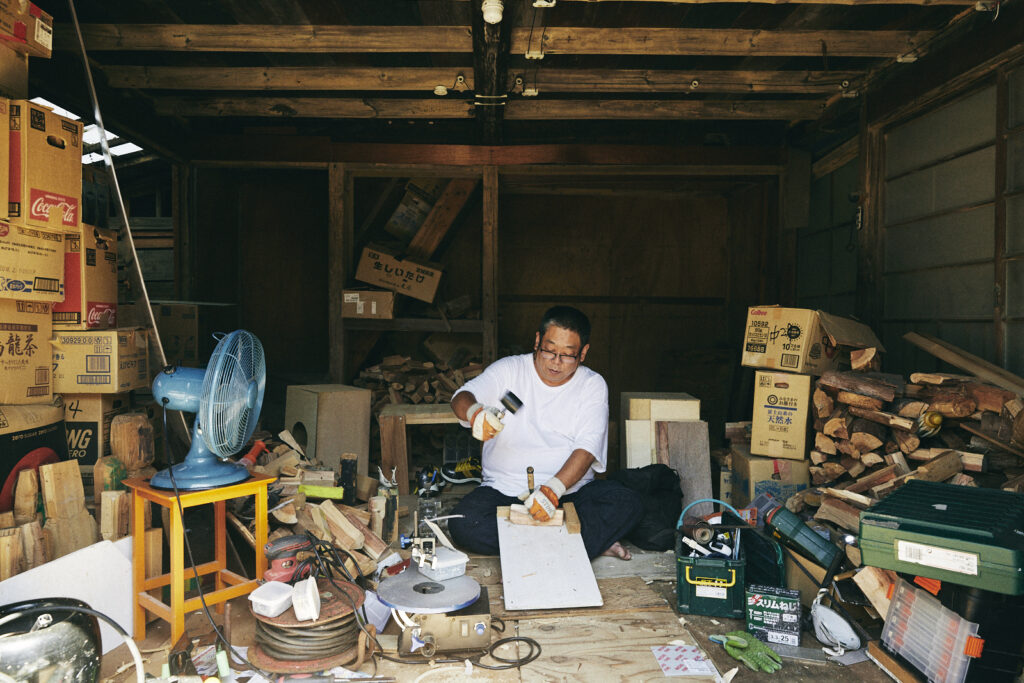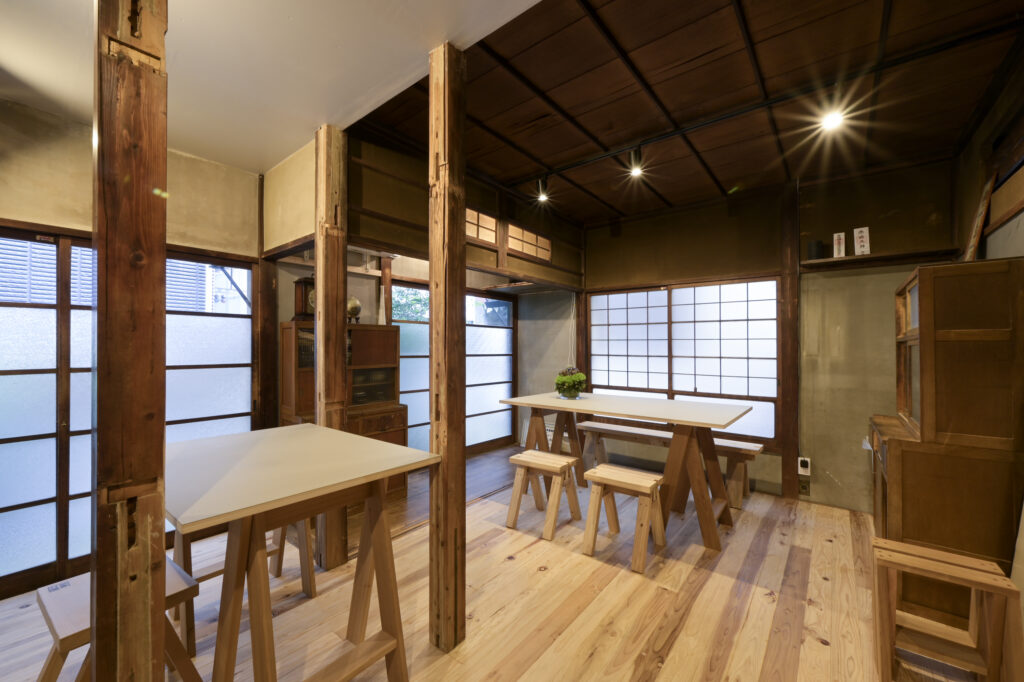On March 11, 2011, the Great East Japan Earthquake struck the northeastern coast of Japan, triggering a massive tsunami and causing unprecedented devastation. Among the hardest-hit areas was Ishinomaki, a coastal city in Miyagi Prefecture that lost thousands of lives and homes in a single day.
After the disaster, local governments implemented public policies focused on large-scale infrastructure and new housing. However, alongside these efforts, a growing number of abandoned houses were left unaddressed. At the same time, volunteer workers with creative ideas had begun to engage with the city in new and meaningful ways.
Observing these two emerging developments—the rise in vacant houses and the arrival of creative individuals willing to contribute—we at Makigumi began in 2015 with a question: could these houses become a home for both people and new ideas? And if it worked, could this generate a virtuous cycle—one that not only brings value by making use of local resources, but also continues to attract more and more creative individuals over time?
This is the story of Makigumi: a new kind of recovery and bold experiment, aiming to shape the future of Ishinomaki with creativity. In this column, we’d like to share a glimpse into that ongoing journey.
The Great East Japan Earthquake and Its Impact on Ishinomaki
On March 11, 2011, the Great East Japan Earthquake and tsunami struck Ishinomaki with catastrophic force. The tsunami, reaching over 8 meters in coastal areas, swallowed the entire central district of the city. The human toll was staggering: Ishinomaki lost almost 4,000 people accounting for roughly 20% of the nationwide casualties, making it one of the hardest-hit cities in Japan. Physical destruction was vast as well: more than 20,000 houses were completely destroyed, with over 13,000 partially damaged, and essential infrastructure—schools, hospitals, and ports—was heavily affected. The scale of both human and physical loss was overwhelming, setting the stage for a long and complex recovery.
Post-Disaster Housing Policy and the Rise of Akiya (Vacant Homes)
In the years following the disaster, the government implemented a large-scale plan to construct public housing for displaced residents. In Ishinomaki alone, more than 4,000 units of public housing were built. These housing projects aimed to provide long-term stability for those who had lost their homes.
While these official recovery efforts focused on building new homes, another issue was quietly taking shape: the rise of vacant houses, known in Japan as “akiya”. In disaster-affected areas like Ishinomaki, many homes were left behind due to population outflow. The city’s population declined from around 160,000 in 2010 to approximately 130,000 today. In some cases, residents had moved into elderly care facilities or passed away, while their families chose not to live in Ishinomaki, leaving their homes empty. These houses remained physically stable but unused, gradually falling into disrepair.

Today, even some of the housing that was newly built for post-disaster recovery is beginning to stand vacant, revealing a deeper contradiction at the heart of the reconstruction process.
How Creative People Revived Ishinomaki’s Community
While the rise of vacant housing posed a serious challenge alongside Ishinomaki’s official recovery policies, there was also a brighter, more unexpected development that defined this period: the arrival of creative people.
After the Great East Japan Earthquake, thousands of volunteers came to Ishinomaki to help. Beyond efforts to support daily life, there were people driven by imagination—designers, artists, and entrepreneurs—who arrived not only to assist, but to reimagine what recovery could mean. They came to explore new possibilities for the city’s future.
A furniture studio began small workshops that combined DIY and post-disaster recovery, expanding the possibilities of hands-on creation through design and deep collaboration with the local community. Others transformed tsunami-damaged spaces into a community cafe and a shared office—platforms where people from inside and outside the city could meet, connect, and inspire one another. There was also a shop that emerged from upcycling efforts, turning fishermen’s vibrant tairyō-bata flags—rescued from the debris—into everyday items that celebrate new beginnings and honor the spirit of the port town. Many others, including artists and creators from across Japan and abroad, also found their way to the city. With creativity at their core, these endeavors began to support and rebuild Ishinomaki from the ground up while opening up entirely new possibilities through the power of design.
Rethinking Japan’s Akiya: Turning Vacant Houses into Creative Hubs

Facing the growing challenge of vacant housing and the emerging wave of creative talent, Makigumi’s founder, Watanabe, first came to Ishinomaki as a volunteer. In response to this situation, and drawing on her background in architecture, she began working on the reuse of vacant houses—an idea that later developed into one of Makigumi’s most important concepts: offering flexible spaces that can support diverse lifestyles.
Most akiya are old, poorly located, under-equipped, and have low market value. In our earliest projects, we assumed the houses would only last a few decades, so we invested only minimal renovation budgets. Still, people with creative lifestyles and varied needs did come to us. Minimal renovations and the flexibility of use matched their needs.
“I make things, so I need a dirt-floor workshop.”
“I want to hang nails in the walls and build my own storage for materials and creations.”
“I travel between Japan and overseas, so a short-term lease works better for me.”

They didn’t complain about the geographic or living inconveniences often associated with akiya. Instead, they embraced them as positive features—turning quirks into parts of their lifestyle. It was the standard rental rules—like big deposits, repair requirements, and long leases—that didn’t suit them.
Through this experience, we came to believe that successful utilization of vacant houses is not about eliminating inconvenience, but about offering flexibility. It’s not about owners fixing every flaw, but about crafting a system that respects tenants’ autonomy—and about co-designing the space together.
Makigumi was born from this conviction, using vacant houses as a starting point to steadily transform Ishinomaki into a vibrant, creative city unlike any the world has seen! And akiya are not just a problem in Ishinomaki—they’re everywhere. Japan has around 9 million vacant homes nationwide. But now, to us—and to you reading this—akiya are opportunities: spaces of creative potential.
Let’s open them up, unlock our creativity, and unleash new possibilities through vacant houses across Japan!
